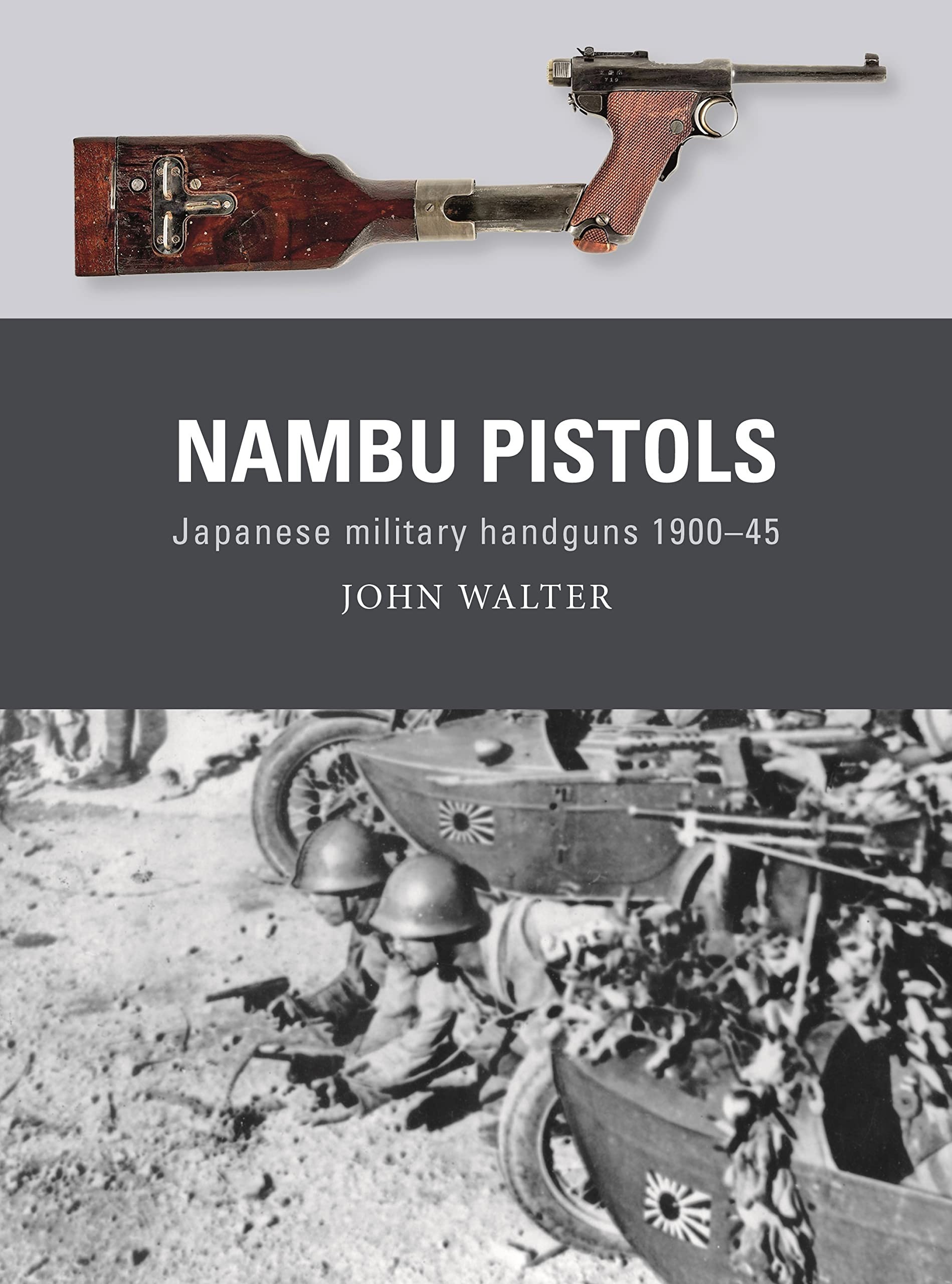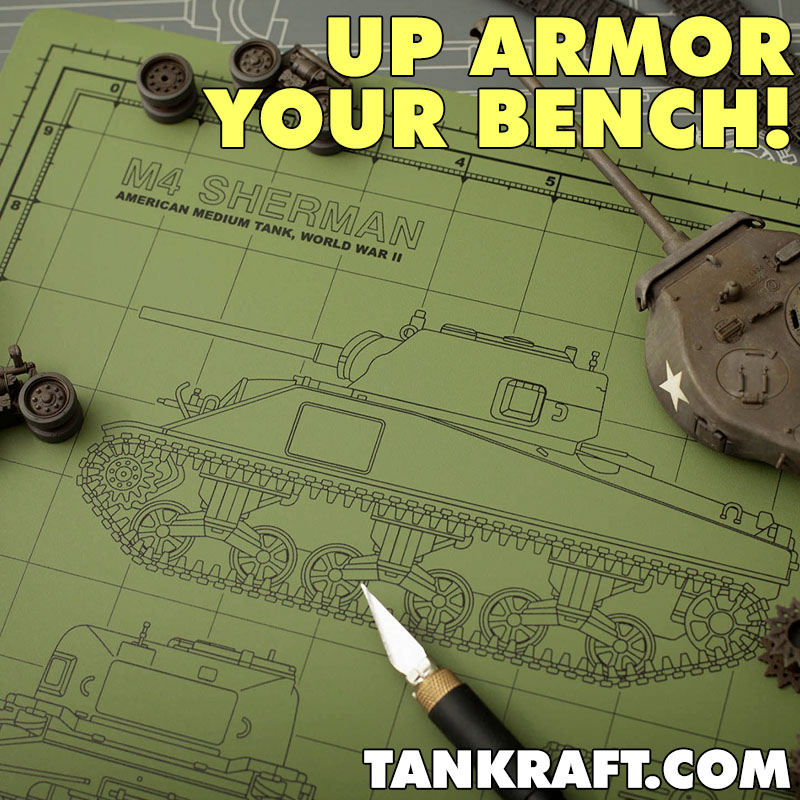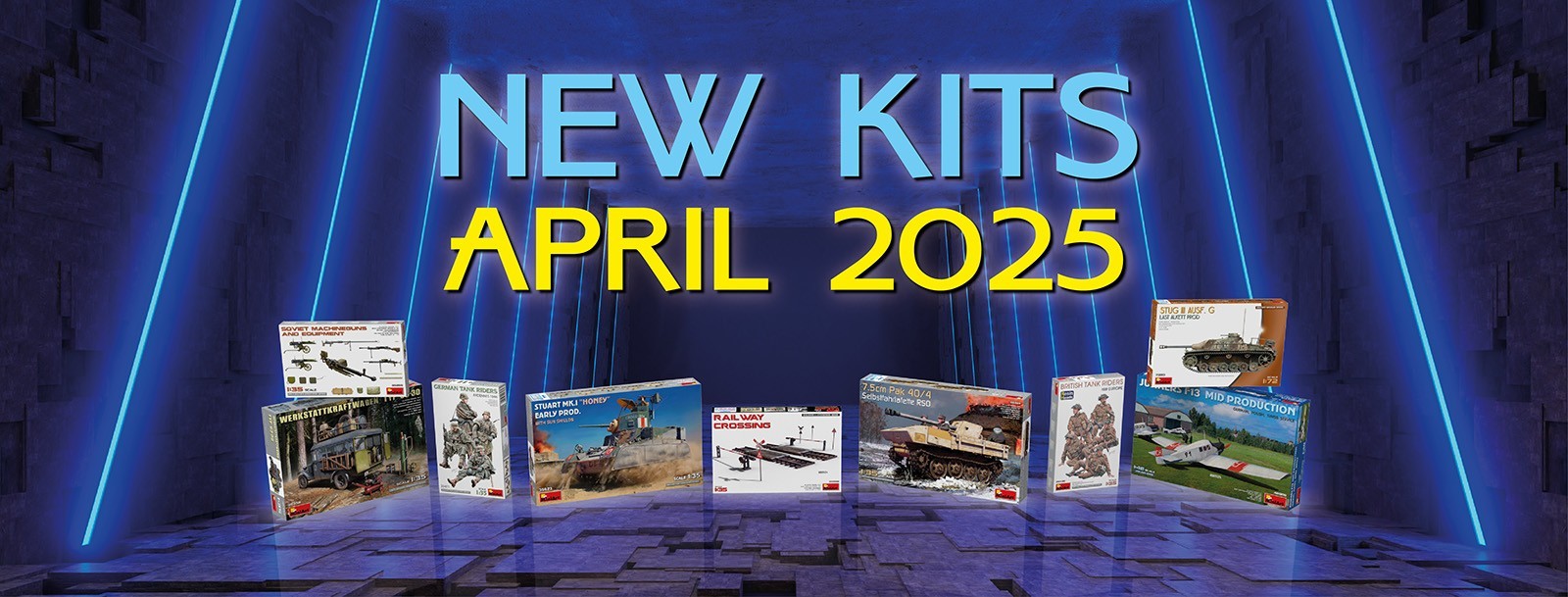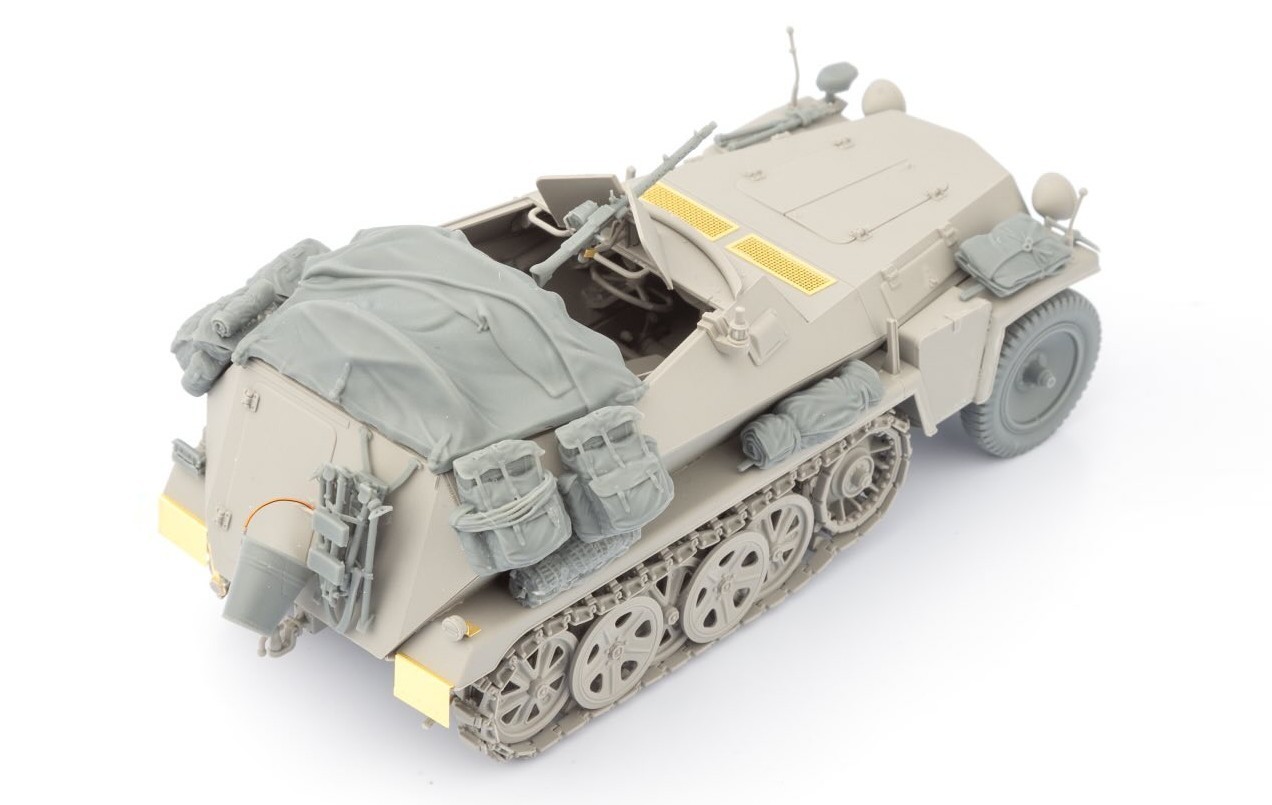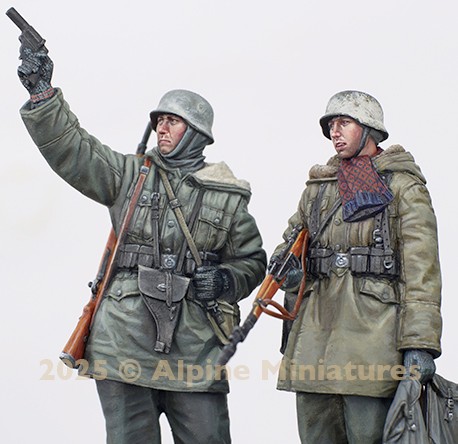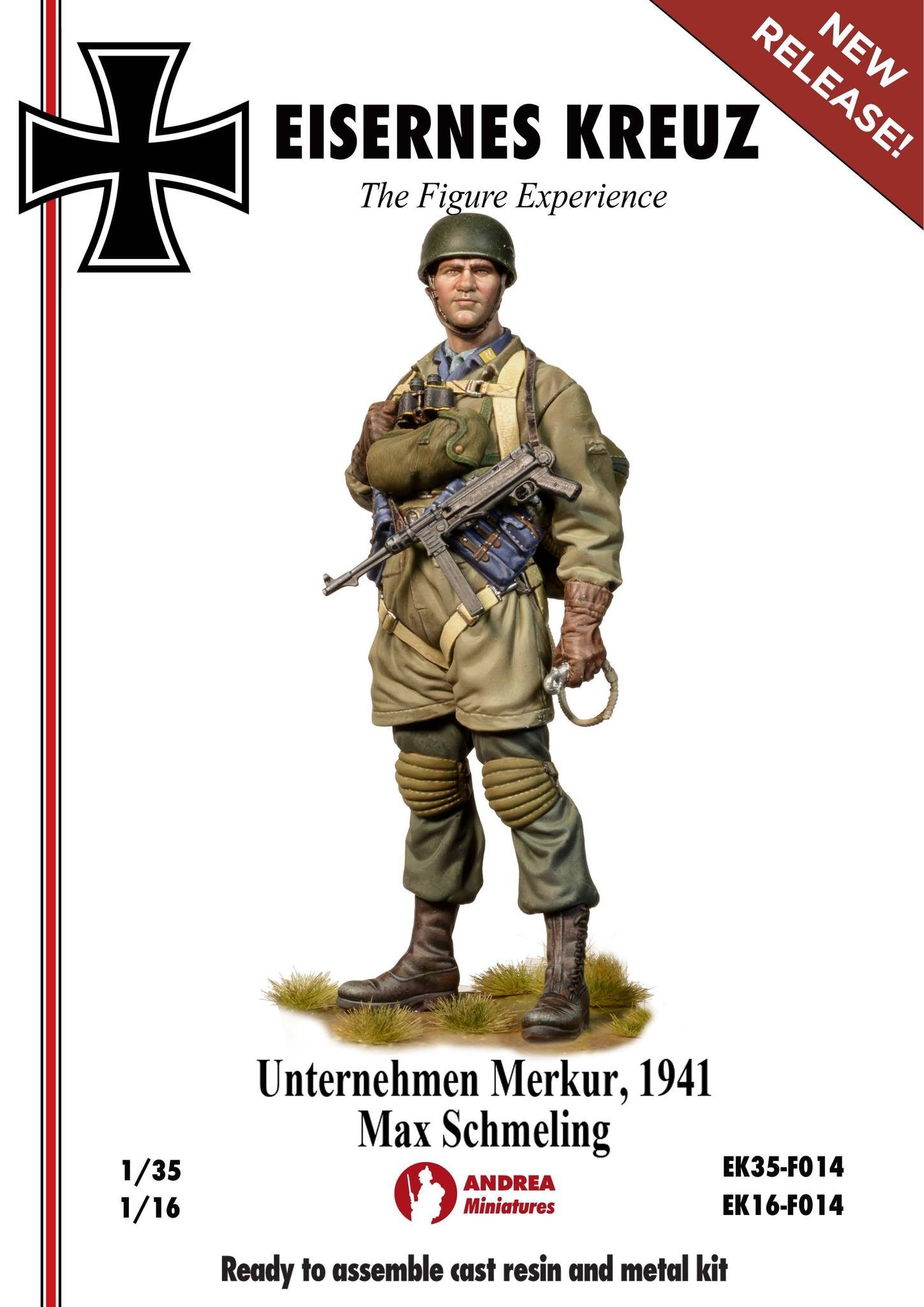
This is the absorbing story of the handguns credited to Nambu Kijiro, the principal personal-defence weapons of the Imperial forces.
Featuring full-color artwork and carefully chosen photographs, this book charts the origins, development, combat use, and legacy of the Nambu pistols. Cutaway artwork reveals the inner workings of these important handguns, while specially commissioned battlescenes depict them in use in action.
Influenced by the German C 96 and other semi-automatic pistols, the first Nambu model was never accepted for universal issue, being confined largely to purchase by Japanese officers. Adopted in 1925, the 14th Year Type was to become the best-known of these handguns, serving in every campaign undertaken by the Japanese in the 1930s and then throughout World War II. It served alongside the bizarrely conceived Type 94, intended as the weapon of airmen, tank crew, and anyone to whom its compact dimensions were useful.
When World War II ended, thousands of Nambu pistols arrived in America with US veterans of World War II, while others were carried by insurgents and other armed groups across South East Asia for decades after 1945. Fully illustrated, this is the engrossing story of these distinctive pistols, from their origins to their legacy.
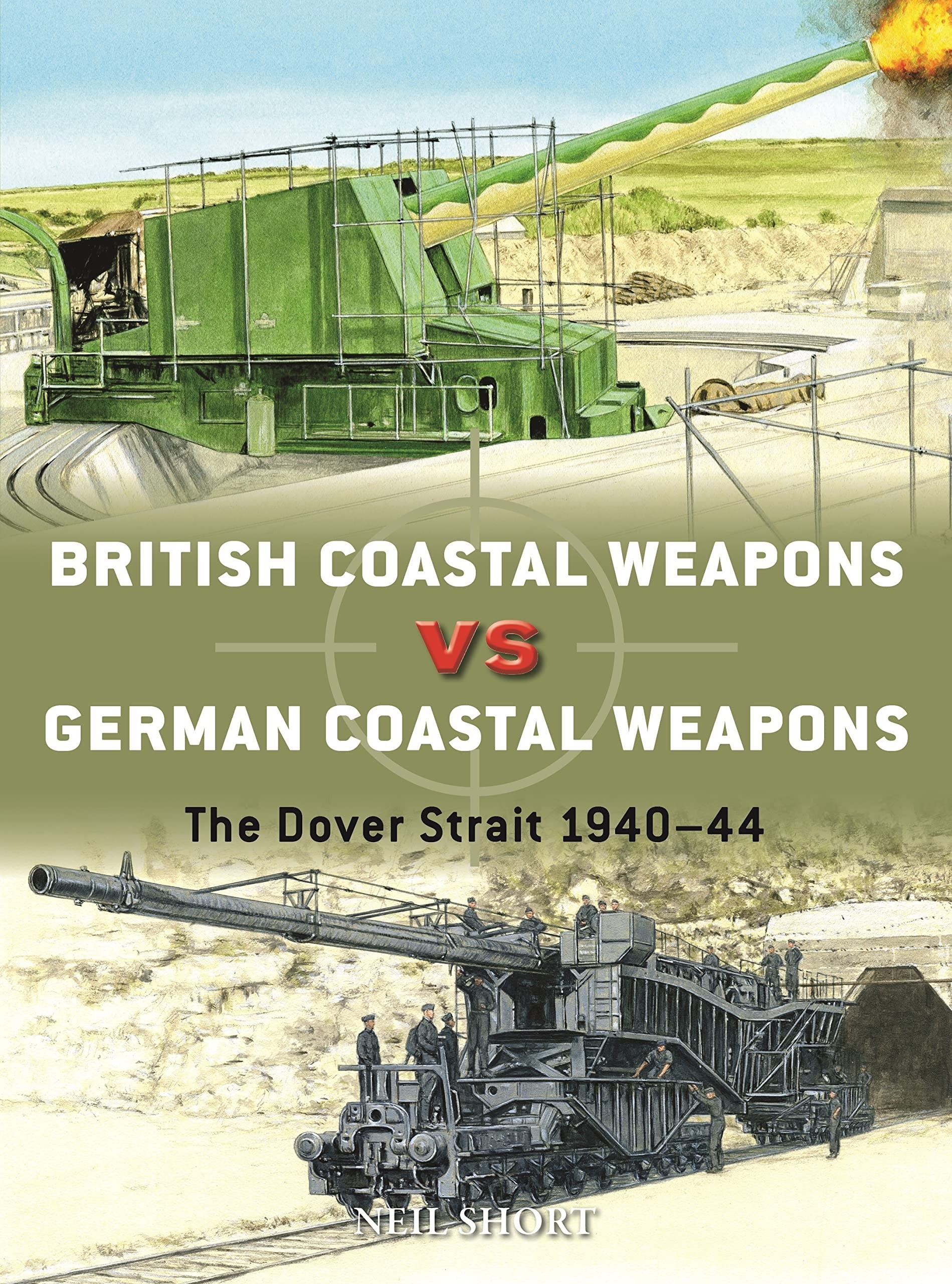
For the first time ever, compare the British and German World War II big guns duelling with each other and harrying shipping in the Channel.
One of the longest-running battles of World War II took place across the English Channel, in which huge artillery guns attempted to destroy each other, created psychological terror among the local inhabitants living near the coast, and harassed shipping over a four-year period.
Neil Short examines the array of powerful weapons located across the Strait of Dover. Superb colour artworks explore both fixed gun batteries (including 'Jane' and 'Clem', and batteries Todt and Lindemann) and railway artillery (such as the German K5 and K12 guns, and the British 18in. 'Boche Buster'). Construction and targeting technology used by each side are also covered in detail, and the locations of all the major sites around Dover and Calais are pinpointed on easy to follow maps.










